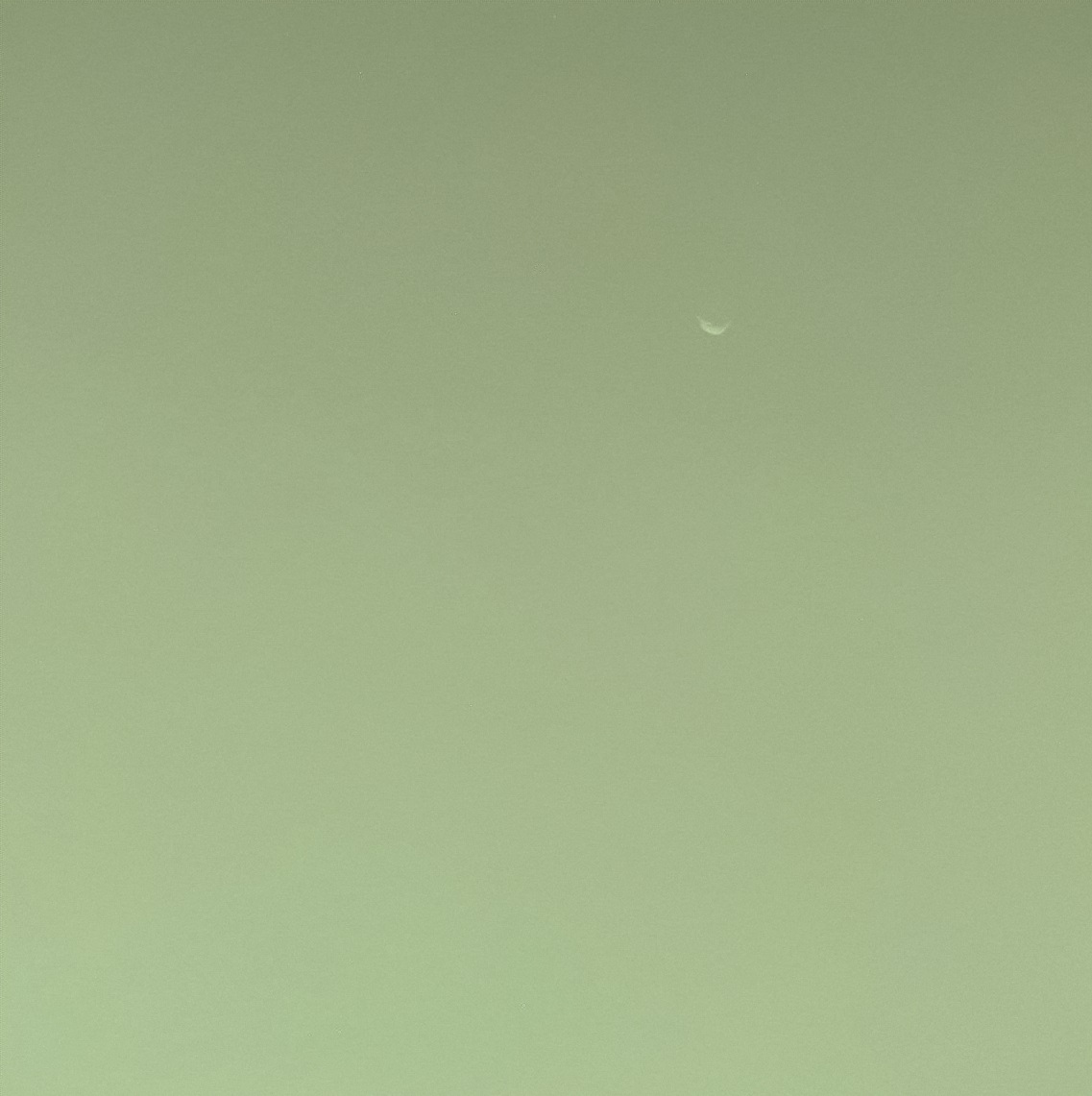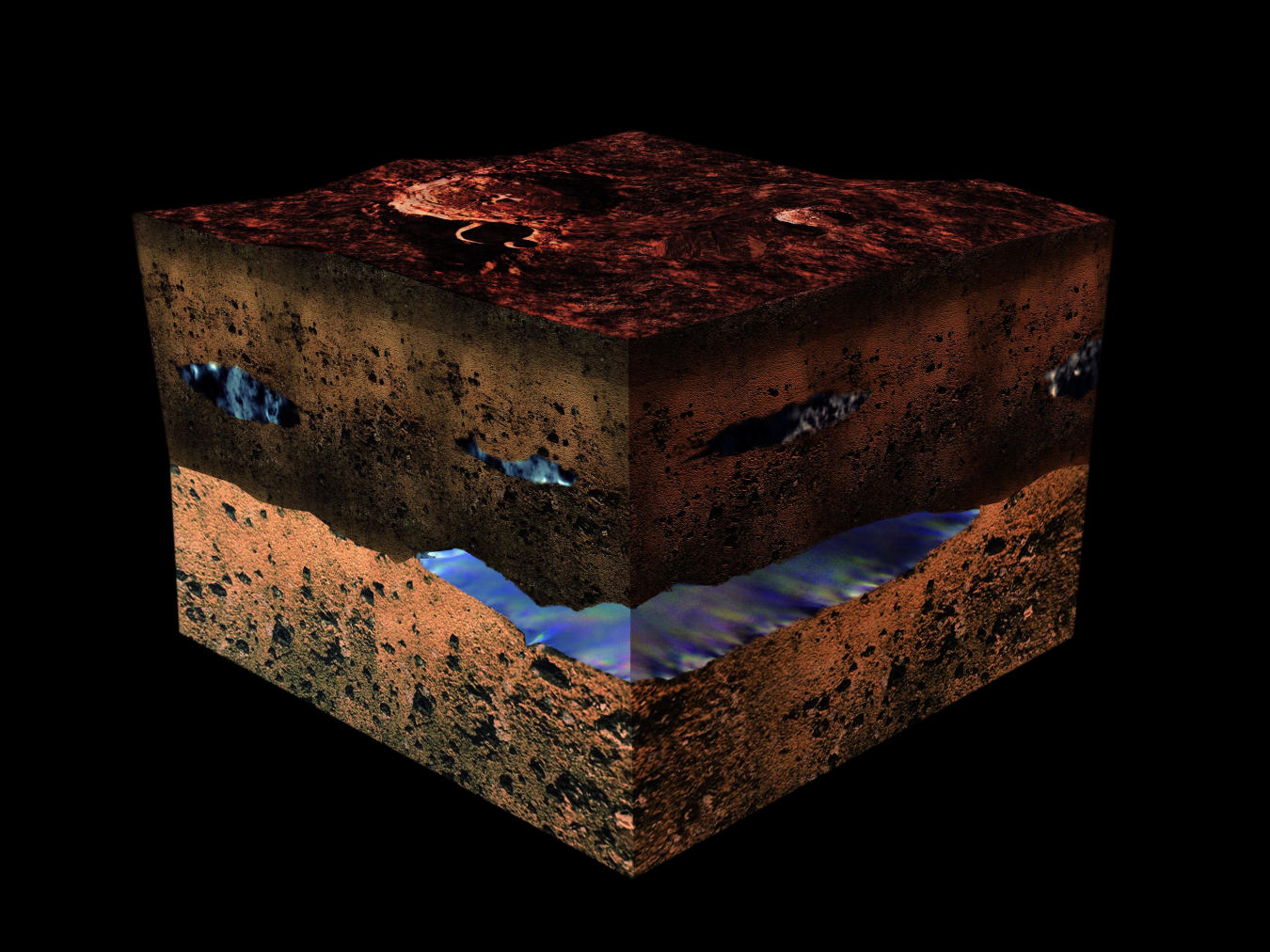For fans and enthusiasts of space exploration, the name Kevin Gill ought to be a familiar one. As a software engineer at NASA’s Jet Propulsion Laboratory who specializes in data visualization and analysis, he has a long history of bringing space exploration to life through imagery. Among his most recent offerings is a very interesting pic taken by the Curiosity rover early in its mission.
Continue reading “Curiosity Looked up and Saw Phobos During the Daytime”Curiosity Sniffs a Spike in Methane. Could it be a Sign of Life?
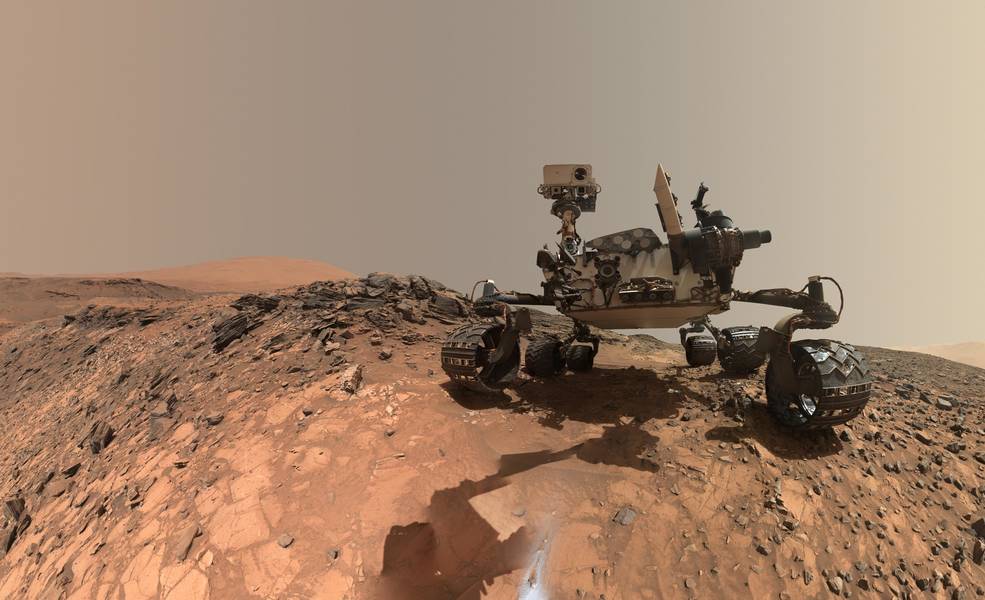
Since it landed on Mars in 2012, one of the main scientific objectives of the Curiosity rover has been finding evidence of past (or even present) life on the Red Planet. In 2014, the rover may have accomplished this very thing when it detected a tenfold increase in atmospheric methane in its vicinity and found traces of complex organic molecules in drill samples while poking around in the Gale Crater.
About a year ago, Curiosity struck pay dirt again when it found organic molecules in three-billion-year-old sedimentary rocks located near the surface of lower Mount Sharp. But last week, the Curiosity rover made an even more profound discovery when it detected the largest amount of methane ever measured on the surface of Mars – about 21 parts per billion units by volume (
Curiosity has Found the Mother Lode of Clay on the Surface of Mars
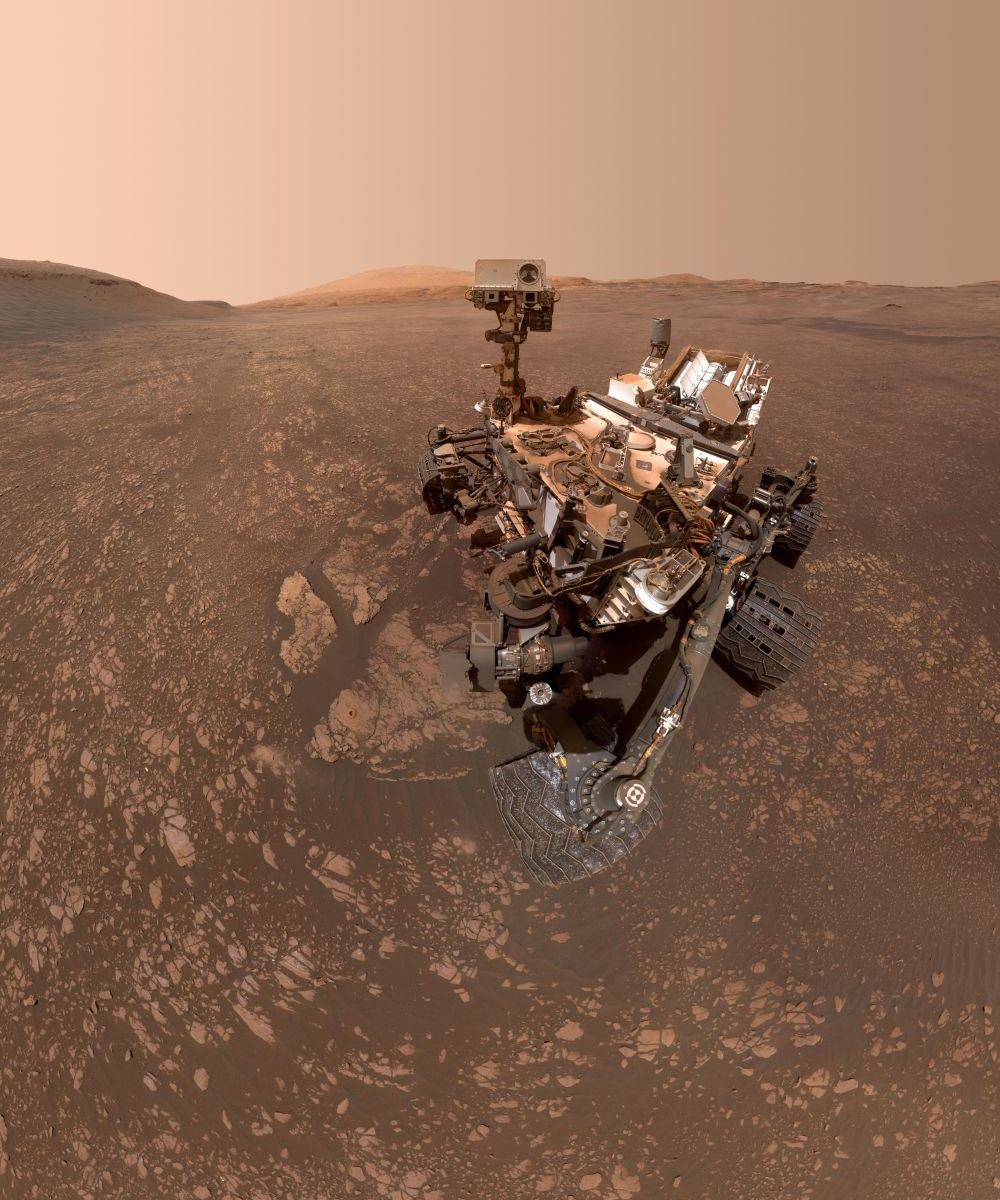
Clay is a big deal on Mars because it often forms in contact with water. Find clay, and you’ve usually found evidence of water. And the nature, history, and current water budget on Mars are all important to understanding that planet, and if it ever supported life.
Continue reading “Curiosity has Found the Mother Lode of Clay on the Surface of Mars”Curiosity has Finally Sampled a Clay-Rich Region on Mars
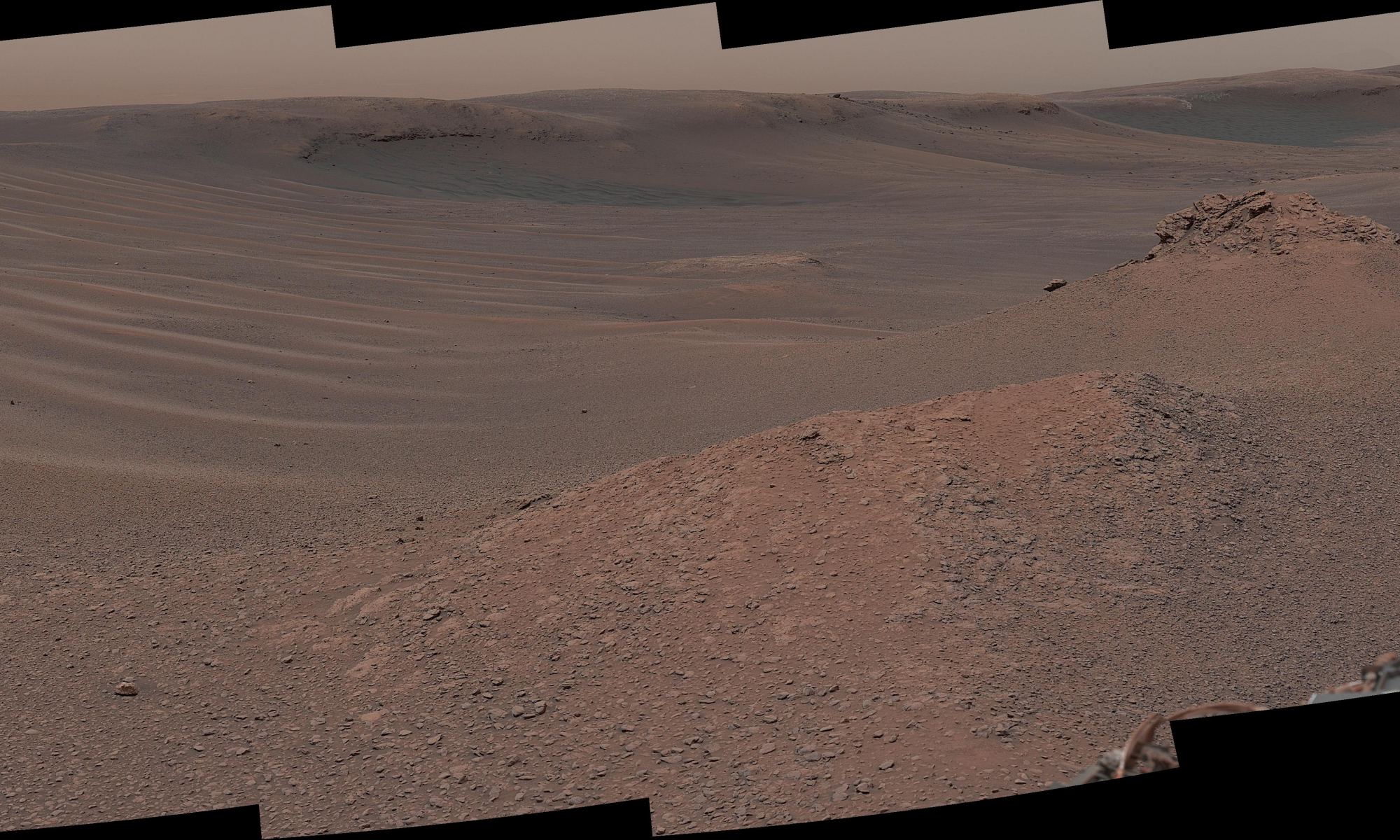
It’s hard to believe that MSL Curiosity has been on Mars for almost seven years. But it has, and during that time, the rover has explored Gale Crater and Mt. Sharp, the central peak inside the crater. And while it has used its drill multiple times to take rock samples, this is the first sample it’s gathered from the so-called ‘clay unit.’
Continue reading “Curiosity has Finally Sampled a Clay-Rich Region on Mars”Two Solar Eclipses Seen From the Surface of Mars by Curiosity
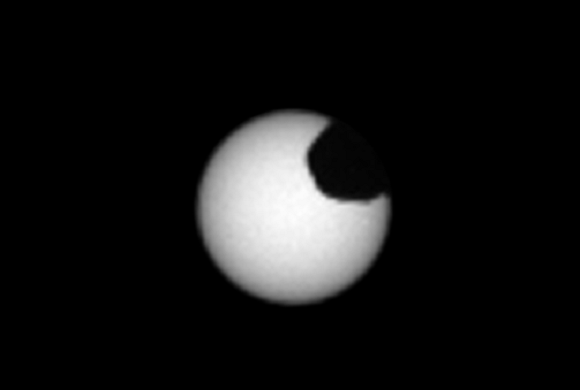
Ever since the Curiosity rover landed on Mars in 2012, it has provided NASA scientists with invaluable data about the planet’s past, as well as some breathtaking images of the planet’s surface. Much like its predecessors, the Spirit and Opportunity rover, many of these images have shown what it is like to look up at the sky from the surface of Mars and witness celestial events.
Of these events, one of the most intriguing has to be the many Martian solar eclipses that have taken place since the rover’s landed. Last month, the Curiosity rover witnessed two eclipses as the moons of Phobos and Deimos both passed in front of the Sun. These latest eclipses will allow scientists to fine-tune their predictions about Mars’ satellites and how they orbit the Red Planet.
Continue reading “Two Solar Eclipses Seen From the Surface of Mars by Curiosity”Curiosity Crashed, but it’s Working Fine Again. NASA Won’t Have to Send Astronauts to Turn it off and Back on Again.

In 2012, NASA’s Curiosity rover landed in the Gale Crater on Mars and began exploring for clues about the planet’s past and subsequent evolution. Since 2014, it has been investigating Mount Sharp (aka. Aeolis Mons) – the central peak within Mars’ Gale Crater – in the hopes of learning more about Mars’ warm, watery past (and maybe find signs of past life!)
On February 15th of this year (Sol 2320), Curiosity gave mission controllers a bit of a scare when it suffered a technical glitch and automatically entered safe mode. Luckily, as of Thursday, Feb. 28th, Curiosity’s science team reported that after getting the rover back online and running a series of checks, the rover is in good shape and ready to resume normal science operations.
Continue reading “Curiosity Crashed, but it’s Working Fine Again. NASA Won’t Have to Send Astronauts to Turn it off and Back on Again.”NASA used Curiosity’s Sensors to Measure the Gravity of a Mountain on Mars
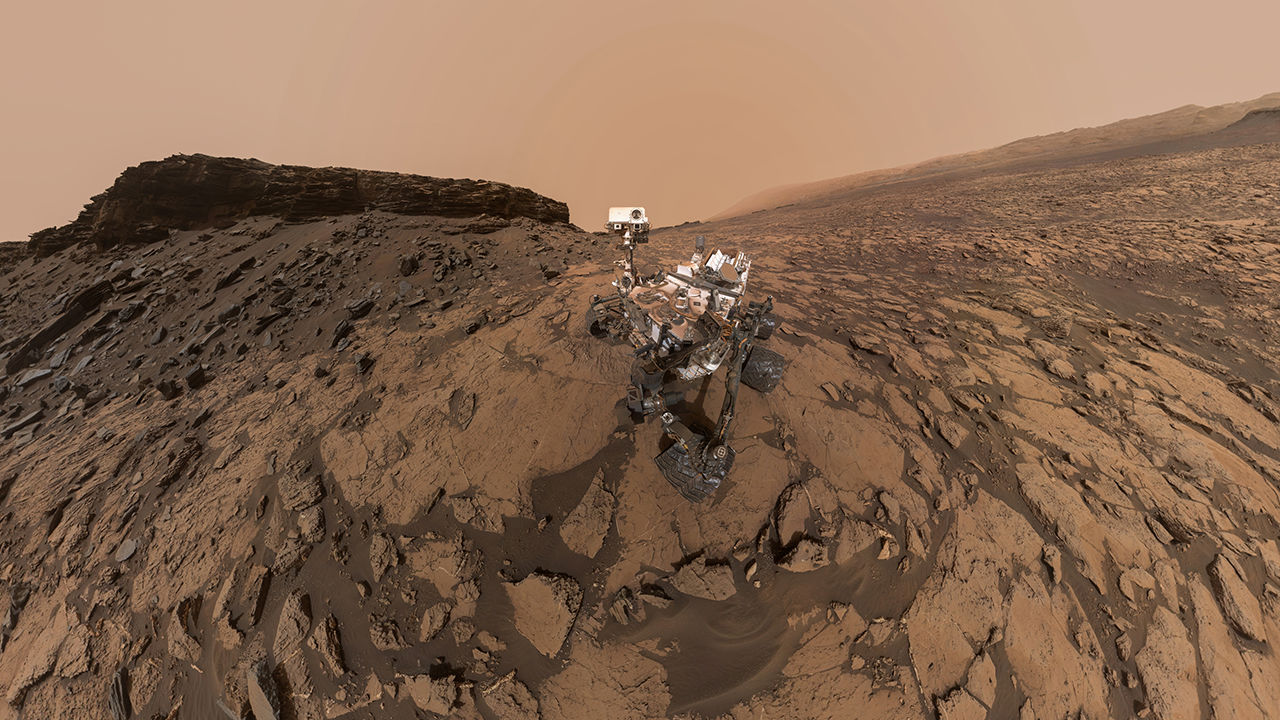
Some very clever people have figured out how to use MSL Curiosity’s navigation sensors to measure the gravity of a Martian mountain. What they’ve found contradicts previous thinking about Aeolis Mons, aka Mt. Sharp. Aeolis Mons is a mountain in the center of Gale Crater, Curiosity’s landing site in 2012.
Gale Crater is a huge impact crater that’s 154 km (96 mi) in diameter and about 3.5 billion years old. In the center is Aeolis Mons, a mountain about 5.5 km (18,000 ft) high. Over an approximately 2 billion year period, sediments were deposited either by water, wind, or both, creating the mountain. Subsequent erosion reduced the mountain to its current form.
Now a new paper published in Science, based on gravity measurements from Curiosity, shows that Aeolis Mons’ bedrock layers are not as dense as once thought.
Continue reading “NASA used Curiosity’s Sensors to Measure the Gravity of a Mountain on Mars”Mars InSight Lands on November 26th. Here’s where it’s going to touch down
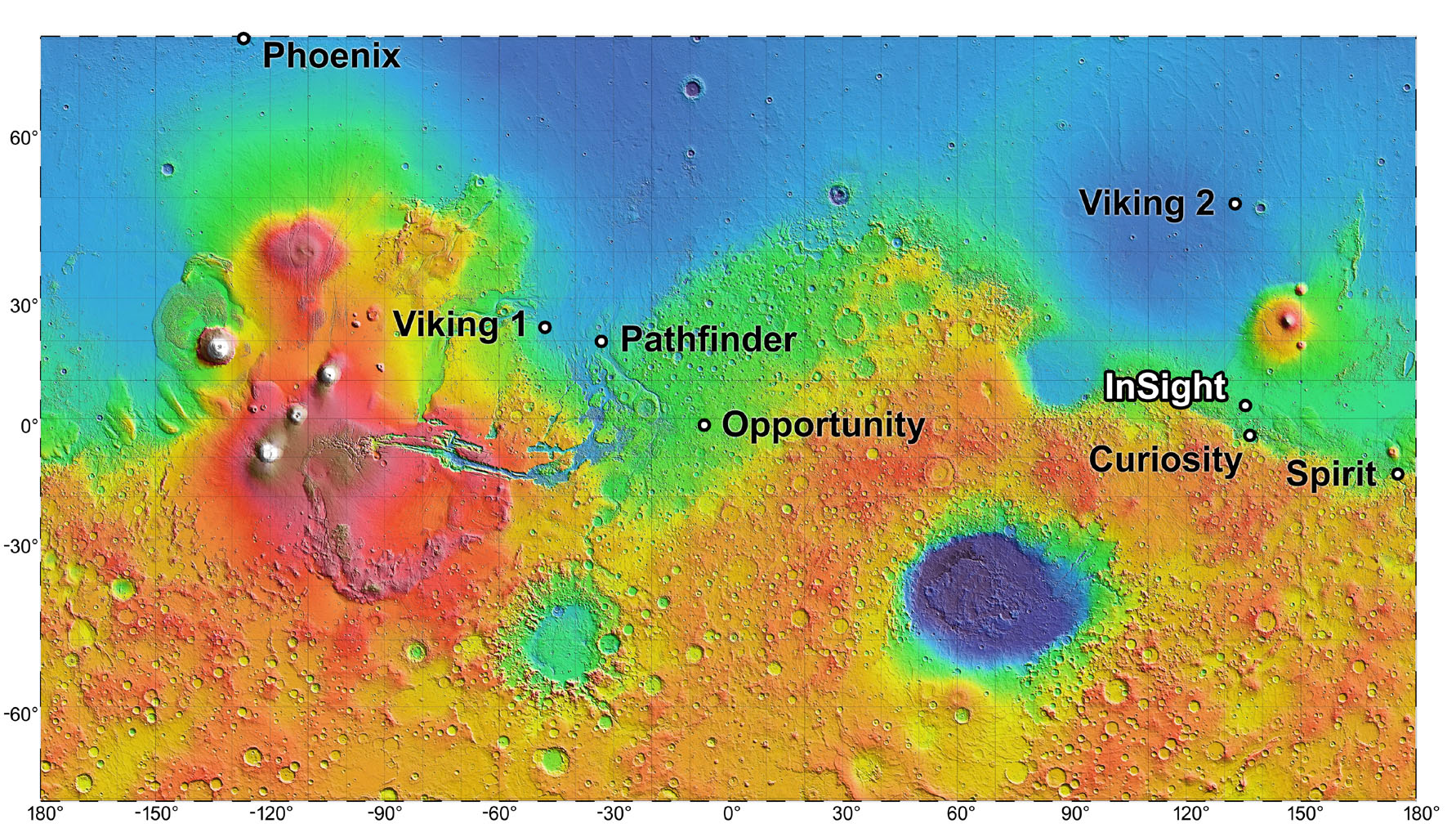
In the course of exploring Mars, the many landers, rovers and orbiters that have been sent there have captured some truly stunning images of the landscape. Between Spirit, Opportunity, Curiosity, the Mars Reconnaissance Orbiter (MRO) and others, we have treated to some high-definition images over the years of sandy dunes, craters and mountains – many of which call to mind places here on Earth.
However, if one were to describe the region where NASA’s Interior Exploration using Seismic Investigations, Geodesy and Heat Transport (InSight) lander will be landing (on Nov. 26th, 2018), the word “plain” would probably come to mind (and it would be appropriate). This region is known as Elysium Planitia, and it is where InSight will spend the next few years studying Mars’ interior structure and tectonic activity for the sake of learning more about its history.
Continue reading “Mars InSight Lands on November 26th. Here’s where it’s going to touch down”
There Might be Enough Oxygen Below the Surface of Mars to Support Life
The possibility that life could exist on Mars has captured the imagination of researchers, scientists and writers for over a century. Ever since Giovanni Schiaparelli (and later, Percival Lowell) spotted what they believed were “Martian Canals” in the 19th century, humans have dreamed of one day sending emissaries to the Red Planet in the hopes of finding a civilization and meeting the native Martians.
While the Mariner and Viking programs of the 1960s and 70s shattered the notion of a Martian civilization, multiple lines of evidence have since emerged that indicate how life could have once existed on Mars. Thanks to a new study, which indicates that Mars may have enough oxygen gas locked away beneath its surface to support aerobic organisms, the theory that life could still exist there has been given another boost.
Continue reading “There Might be Enough Oxygen Below the Surface of Mars to Support Life”
The Bizarre Picture is a 360-Degree View Around Curiosity on Mars
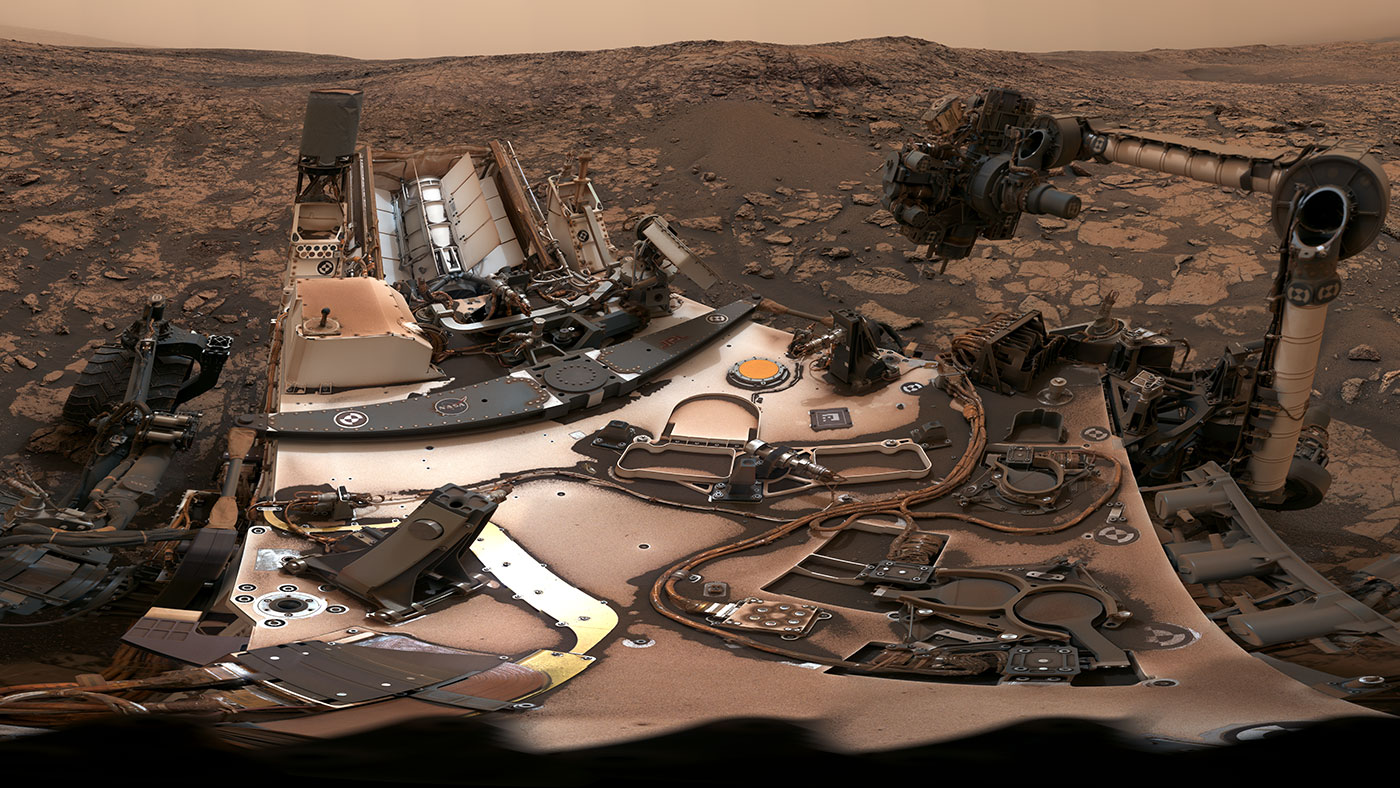
Ever since it landed on the Red Planet in 2012, the Curiosity rover has showed no signs of slowing down! For the past six years, it has ventured across the Gale Crater, scaled Mount Sharp, and taken numerous drill samples. And in the process, it has found evidence that liquid water (and possibly even life) once existed on the Martian surface.
It has also taken many breathtaking pictures that have catalogued its progress. Last month (on Aug. 9th), the rover took another 360-degree panoramic photo of its location. In addition to showing how the skies were still darkened by the fading dust storm and the rover’s dust-covered body, the picture also captured and the site where the latest drill sample was obtained.
Continue reading “The Bizarre Picture is a 360-Degree View Around Curiosity on Mars”

